THE FALL OF THE HOUSE OF…
Come October when life in Sleepy Hollow turns into a twisted game of trying not to run over jaywalking Halloween tourists, I become fully thematic. Numerous attic boxes of dark treasures and a life-size skeleton descend. House thickens with webs and monsters inside and out. Fake-blooded costumes are created and coordinated. And in recent years, I find reasons to inject this photo into any correspondence—sending it as a disturbing season’s greetings postcard or, now, pasting it here:
That’s my snarling younger daughter, whack October baby that she is, wielding the ax (makes a momma proud) and behind her is the tragic beast of the long-abandoned and collapsing 26-room boarding house in the Catskills I bought in order to tear down. There’s a historic neighborhood cemetery hidden just behind the property and I was convinced in the early dark nights that the ghosts would commute between my ruin and their friends’ resting place up the drive. Who wants an 1890 boarding house they have to demo? Apparently nobody but me, and there lies the trick to me getting my tiny slice of land pie, however rotten, when everyone with cash, and way more of it, was having a feeding frenzy snapping up any and all of the viable land upstate during the pandemic. I couldn’t compete, but I could sneak in where nobody cared and snatch this dubious prize.
As are insane undertakings like this, they are wrought with nerves and no’s. In order to make this land deal worthwhile, I first needed to ensure I would even be able to tear down this structure and figure out what that required. The owner before me, and the owner before him, would pick at it bit by bit like a scab, hauling small loads of it up to the local dump in the back of a pickup, but at that rate they’d be there until the end of time, which came sooner than later. It seems the latest owner got worn out or overwhelmed by the lack of progress on the beast mansion, so he would instead distract himself by going overboard on fussy landscaping projects elsewhere on the property, until he wanted out altogether. In 2021, he could get almost four times what he paid just three years prior, for 1.6 acres, an old RV with a VCR on a stump, and this haunted nightmare. I believed he believed there was no hope in ever getting a demo permit, since that required negative lead paint and asbestos tests, or pricey remediation to remove those substances, and that would never be worth it. Even the professional demo guy didn’t really want to talk to me. He came down from his mountaintop to take a cursory look and quoted me at $35,000 to remove it—only if the tests were negative! If not, sky’s the limit!
As is my habit in such circumstances, radical disobedience kicks in and I refuse to take no—or too high a price—for an answer. I found my way to a denture-toothed handyman who would demo and remove all for $12,000. But first, the asbestos test that went for $2,500 or so was a real nail-biter, especially when I hadn’t closed on the place yet and it wasn’t in the contract, so that might just be money lost depending on the outcome. The test guy was kind or the property was magical—somehow the results were clean. There was no way I was testing for lead since there was no way I’d pass. Thanks to Covid, and a very severe bout of it the town inspector had, including a long hermitage in the hospital, I think he reemerged pretty lax about his day job in government. When I called him asking what I needed to secure a permit (knowing full well that lead and asbestos tests were both listed on their website), he just said, “I’m not sure, what do you have?” I said I did the asbestos test, and he said, “that’d be fine.” He was familiar with my local demo man, and said he could start the job before the permit was even filed, so the wild rumpus began:
Within weeks, the house of horrors was reduced to a gaping wound hole surrounded by ugly dirt that seemed to grow glass. I would pick out fragments of windows for hours each time I visited in a meditative sort of trance; then it would rain and more glass would rise up that I’d harvest the next time and the next for months. Until finally it was time for clover seed and I grew a meadow fit for deer and bunnies. The stone basement foundation remains an awesome burn pit I use regularly for thorn bushes I extract from every few feet of the wilderness elsewhere. I stand at the highest point of my land and feel I’ve arrived and conquered, but that the battle will never end. Every time I visit comes the best sleep from the most satisfying kind of tired.
RAISING THE BAR
Before this fit of lunacy, there was Stain Bar, what I count—besides making some books and babies—as the grandest achievement of my life, or at least the boldest.
In 2004, a year into having migrated from Manhattan to Brooklyn alongside the J-train on the tangled edge of Bed-Stuy, I would jog and get ideas about filling some empty storefront with my creativity. A few years back, I had bartended for all of six months in TriBeCa, which was reeling from recent 9-11 nearby, firemen coming dazed for a drink after their day on “the pile.” I once took a course on bartending at Columbia, and then, thinking I now knew enough to do better than this bar, signed up for a continuing ed class at NYU on How to Open a Bar. Since I had dropped out of regular day jobs in exchange for odd gigs and going to grad school for writing, I had assembled the motley crew of friends you get at such jobs—earnest actors and musicians who helped kids and birthday parties full of kids and their overbearing parents paint cheap ready-made pots and trivets at Our Name is Mud, which we’d then go glaze and bake in the kiln. I started yearning to make the sort of loungey, community space we would frequent if it existed, something with regular costumed theme parties, board games, poetry readings, open mics, films, cranky couches.
I knew the theme and had the logo before I did anything, since themes and logos seem to be my driving force: “make your mark at Stain Bar” with the rings of red wine a glass leaves on a napkin. At the bar class sessions, the only theme encouraged was “don’t do it.” The instructor said from day one, and repeated throughout, “if I’ve done my job correctly, you won’t be here next time.” The class did grow smaller, but of course I kept coming back for more ego-pummeling since I paid the price of admission. Bars cost too much money to open, the liability and permits are too great, the failure almost guaranteed. She said minimum $100K to open. I refused those numbers. There was an awful space for rent nearby at the right price. Before I signed the lease, I was flying to New Orleans for a friend’s wedding. I holed up there for a week prior to produce a business plan in something that now reminds me of a more solid version of my boarding house, a former orphanage staffed by one crumbled lady who drank herself full of wine nightly on the shared stairs. And when I was done with the plan, I celebrated by getting the logo tattooed on my forearm in a seedy shop down the sketchy block.
When I got home, I signed the lease (with really bad terms, but of course I sought no legal input), papered up the plate glass windows with old news and got to work on the body-breaking labor between sending out my sales pitch and plan to some potential small-dollar friend-vestors and navigating the red tape of getting a Certificate of Occupancy for a bar. Wielding my dad’s heavy crowbar, I started dismantling the wretched “Price and Style” (ugly tees up front; illegal haircuts in the back) until I realized with dread that I went way too far in the old 1890 tenement—removing any layers that might have helped with soundproofing, dismantling the giant HVAC system, and effectively emerging now into the hallway and through the floors of the upstairs neighbors. In the basement, I discovered rat mummies and tore at unknown pieces of things I’m sure only in retrospect were highly toxic. At least sometimes myself and the earnest artist friends who dabbled in helping me wore masks:
Just one epic day of many was when Geraldo, the local wandering drug addict, wore his fatigues to help me create a furnace from the perfectly good air ducts we took down. We had too much garbage to remove at this point; I had twice filled the longest dumpster you could get and couldn’t risk having that massive thing in the road with no demo permit secured any longer, so we thought it was a good idea to burn refuse in the back garden plot that was, just weeks prior, full of fun items like abandoned refrigerators pushed from back patios. The smoke was large, black, and awful, we heard the firetruck sirens coming from a few blocks away immediately. Somehow I talked my way out of this. “We’re preparing for a BBQ, so sorry.”
Finally this guy Joel arrived into my now-empty storefront one day, as I was painting and feeling more confident that I may not only die here. I had hosted a benefit party in my apartment and collected enough donor money, plus all my savings, to buy me three months total from lease signing to when I had to open or else. All I needed to do was drag in some used furniture from the curb. Joel was curious as many passersby were about “what’s she building in there.” He stepped in and asked what I was up to. I said, “I’m opening a bar.” And he said, “but where’s the bar?” And I shrugged. Maybe it could be an old door propped on some horses? He built me a bar for his bargain $1,000. Somehow, I opened on the day as planned, to the tune of only $30K.
It was a dream, and a nightmare. Adrenaline recedes; resolve, diligence and pride alternates with despair.
I’m an introvert; somehow it took me a bit to realize I had built myself a stage cage. I was trapped here nightly, holding court, nodding my head to every problem, eventually crying on the floor in the back room when there would be one sad drunk left sipping a beer for hours and the promise of a $1 tip. But it also became everything I imagined, and more. I created community. I built it, with the help from friends who followed and made the place their home. I made my mark, in allowing everyone to make theirs. And then one day, the short five-year lease was up, which I had effectively gentrified myself out of being to able afford, and in instant, it was all gone, the way the second you leave the important spot you believe you occupy in NYC, the city just reabsorbs the void as if you never existed. Stain Bar is a deli now, only a hint of the tin I exposed poking through the again-dropped ceiling, and a few inches of my artist friends’ murals left in the garden I greened. An archive of sorts only online here.
BIGGEST LOSERS
Being told “no” can be very motivating if you have the grit for it. It’s a fine line between resolved and reckless, determined and delusional. As a lifelong writer, I’m no stranger to rejection; it’s part of the brand. There are so many inspiring stories of famous folk who vaulted the no’s to great success. Here’s a long list of people who got fired or failed before their careers exploded, including, from ThoughtCatalog.com:
Walt Disney was fired from the Kansas City Star in 1919 because, his editor said, he “lacked imagination and had no good ideas.”
Oprah Winfrey was an evening news reporter and apparently got fired because she couldn’t sever her emotions from her stories. Eventually she was fired from the producer of Baltimore’s WJZ-TV.
After a performance at Nashville’s Grand Ole Opry, Elvis was told by the concert hall manager that he was better off returning to Memphis and driving trucks (his former career).
Thomas Edison worked at Western Union where he used to secretly conduct experiments. Then, one night in 1867, he spilled some acid and it ate through the entire floor. He was fired and subsequently decided to just pursue inventing full time.
When Bill Gates he dropped out of Harvard he started a business with Paul Allen called Traf-O-Data, which flopped.
Albert Einstein didn’t speak until he was four and didn’t read until he was seven. He was subsequently expelled from school and was not admitted to the Zurich Polytechnic School. Long story short, he came around.
When Abraham Lincoln was young and entered war, he entered as a Captain but came back as a much lower Private. Later on, he tried to start up a ton of businesses, all of which failed, and before becoming president, he lost several runs for public office.
When Marilyn Monroe was trying to start her career, modeling agencies told her she should consider becoming a secretary.
Though loved now, Emily Dickinson was not so during her waking hours. In fact, while alive, less than a dozen of her poems were published out of about 1800 complete works.
Stephen King’s most renowned and first book, Carrie, was rejected thirty times. King decided to toss the book, which his wife then went through the trash to rescue and convinced him to re-submit it.
Michael Jordan was cut from his high school basketball team. He once said:
“I have missed over 9,000 shots in my career. I have lost almost 300 games. On 26 occasions I have been entrusted to take the game-winning shot, and I have missed. I have failed over and over and over again in my life. And that is why I succeed.”
Abutting such company does not insinuate that any of my passion projects have brought me similar fame, money or even obvious wins, rather just a rich life, full of interesting stories. My only goal veining every odd path I’ve taken is: I’ll write about this someday. There will be a book about that bar. Maybe then the land. And here I will share in the meantime.
Failing better at this each time.


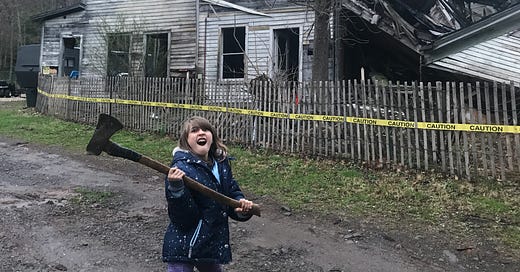



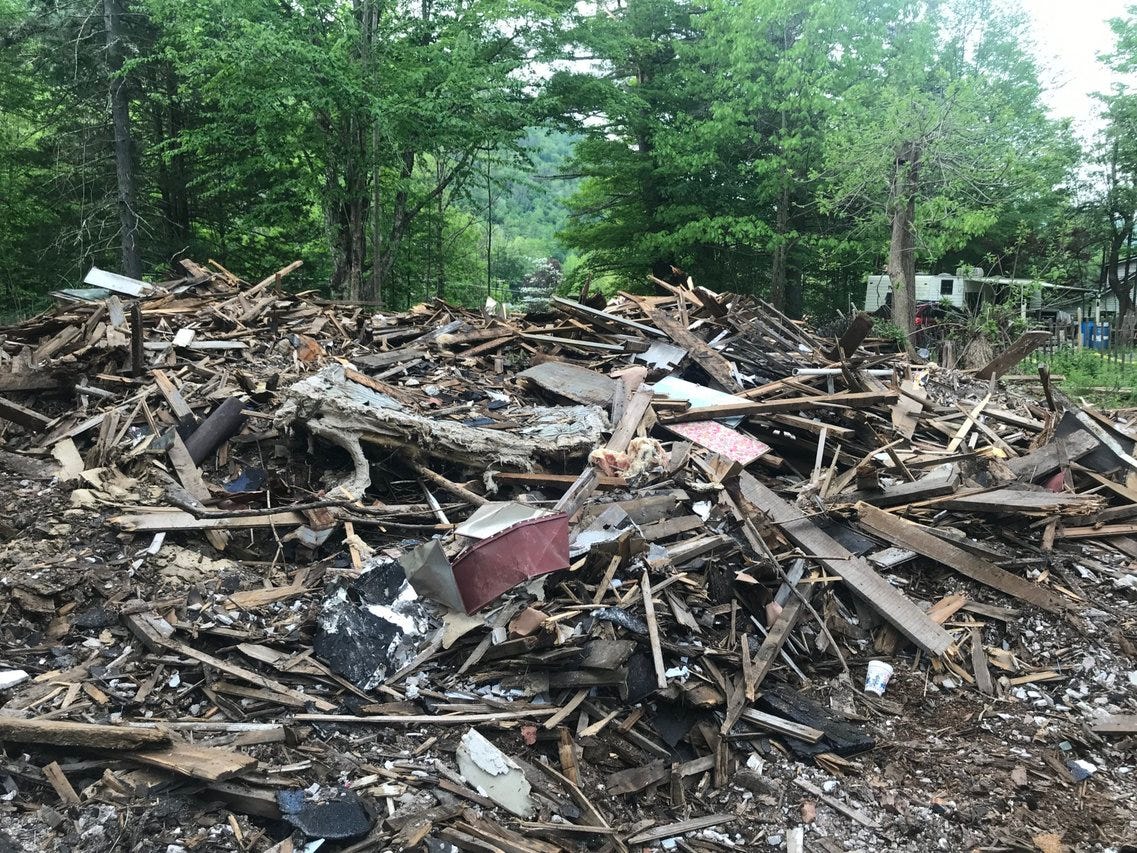
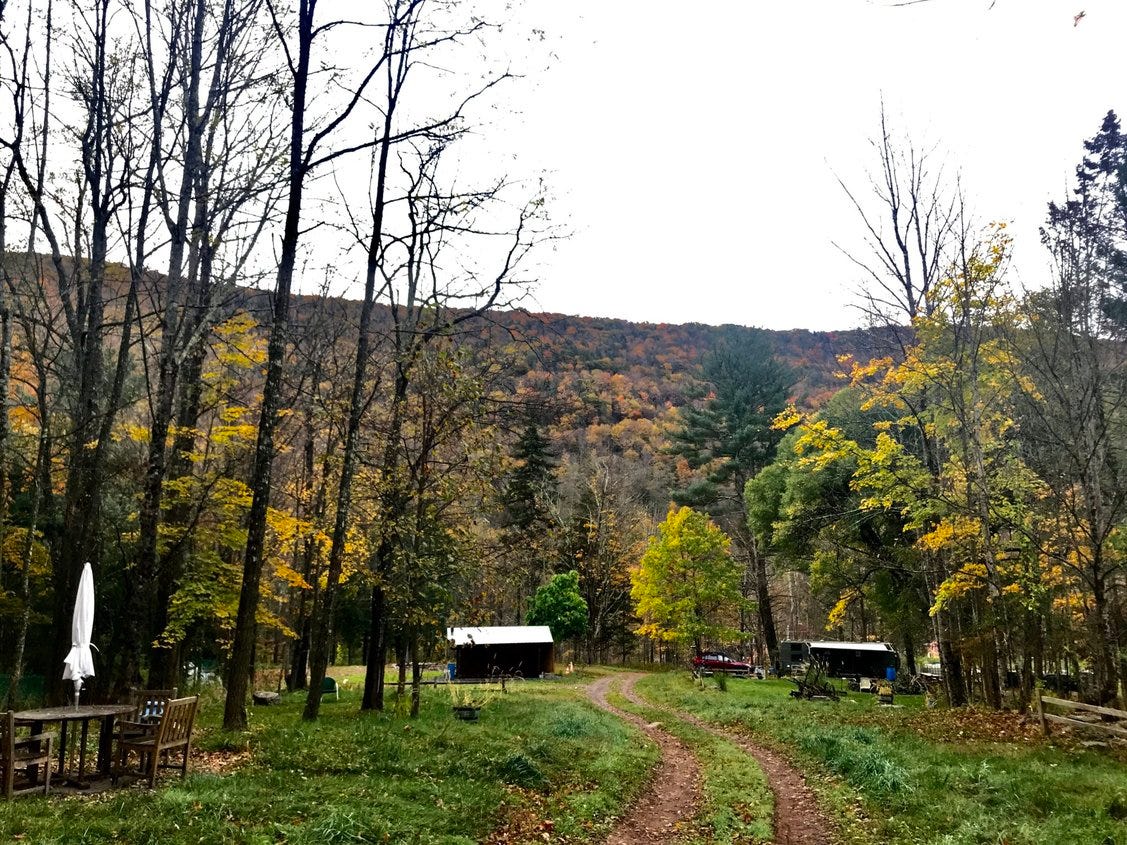
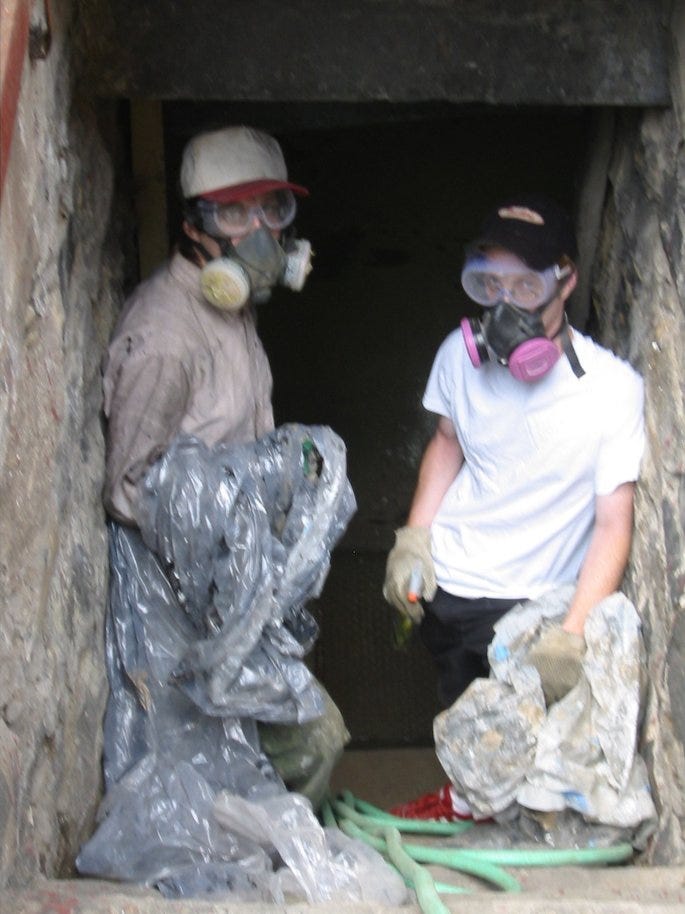
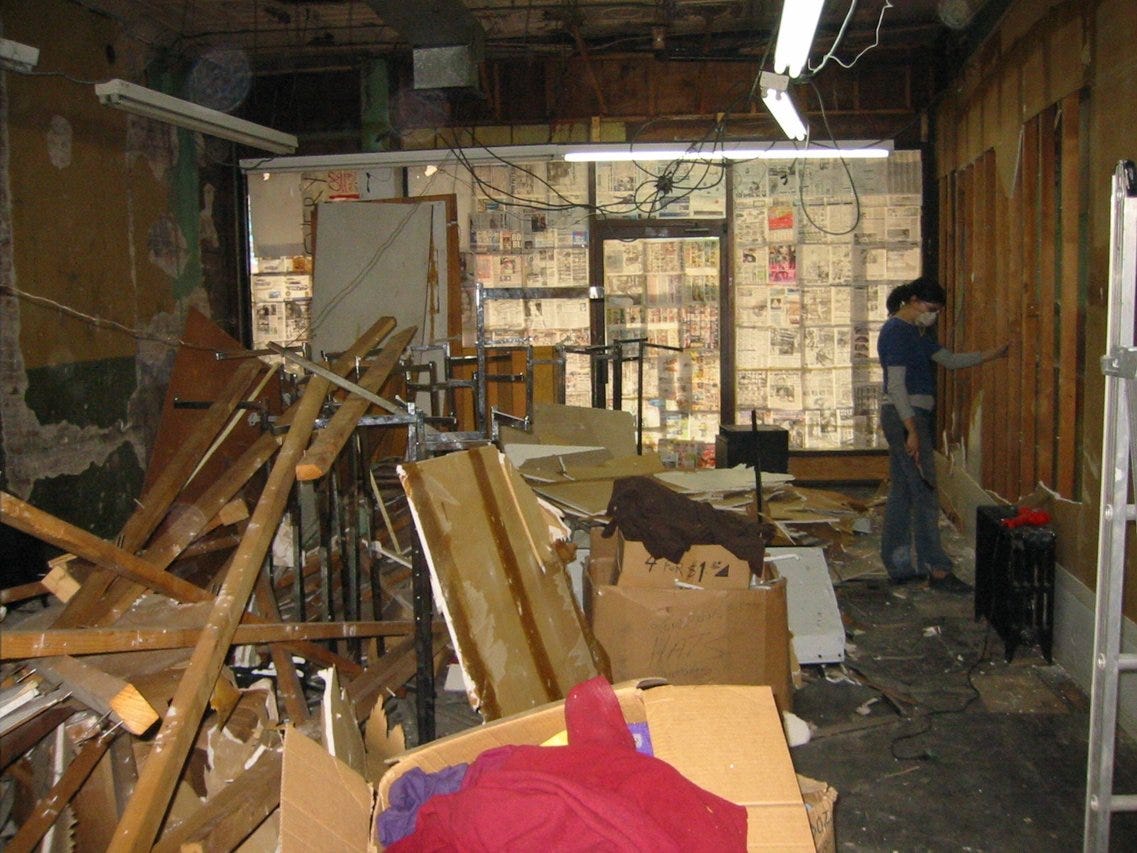
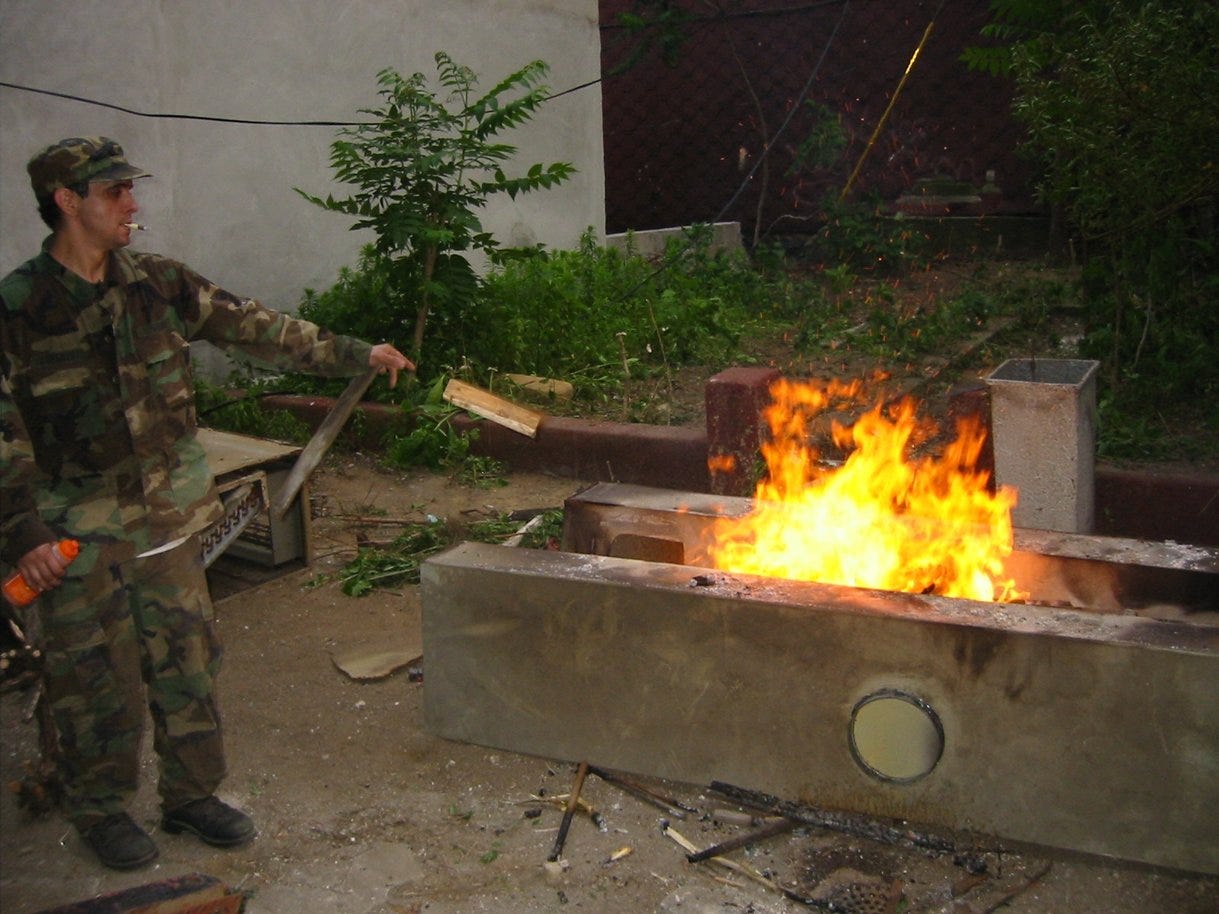
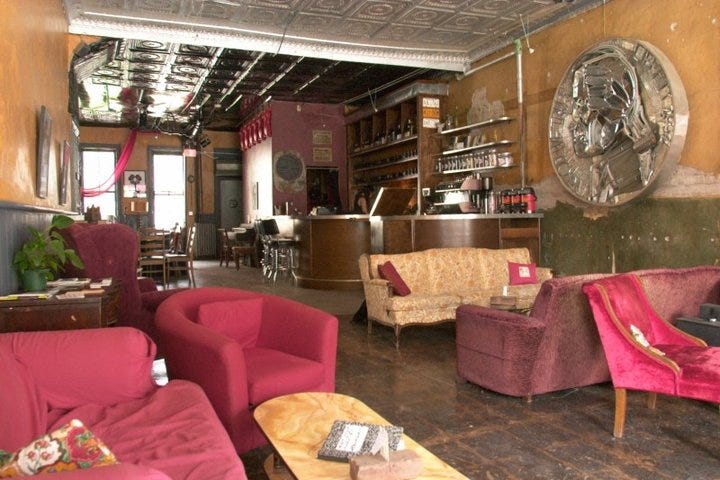
I can't believe I never knew you owned a bar!
You've led a checkered past🤩
Wow, that's some house you took down.
And also, STAIN rules(d)!